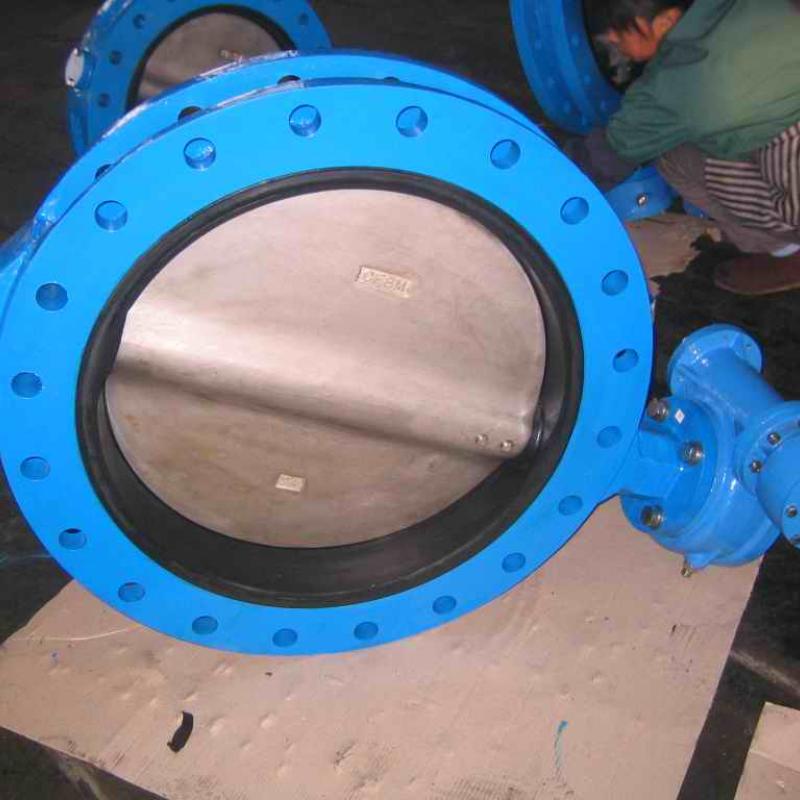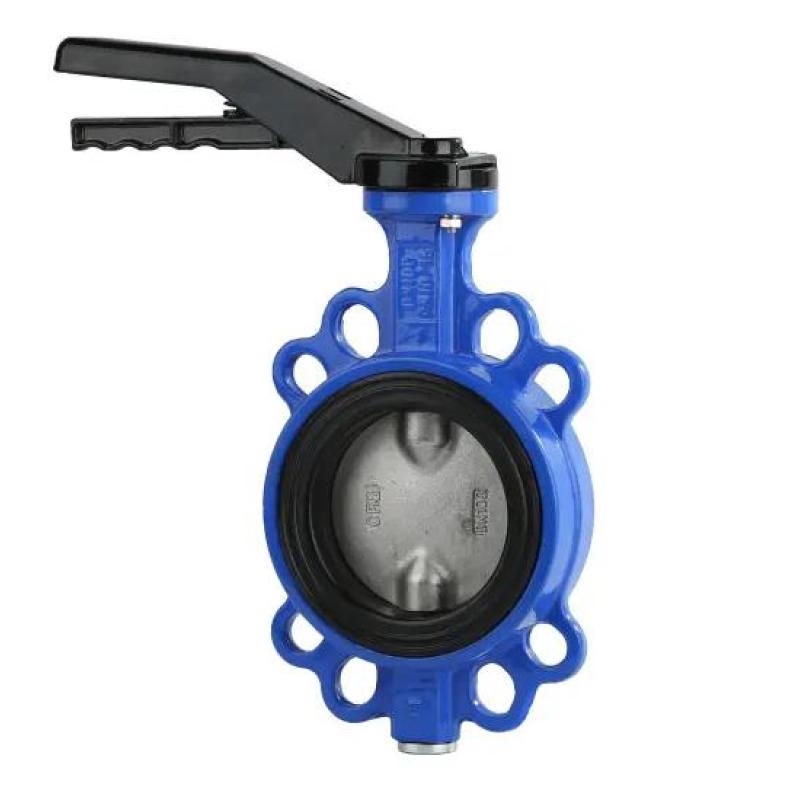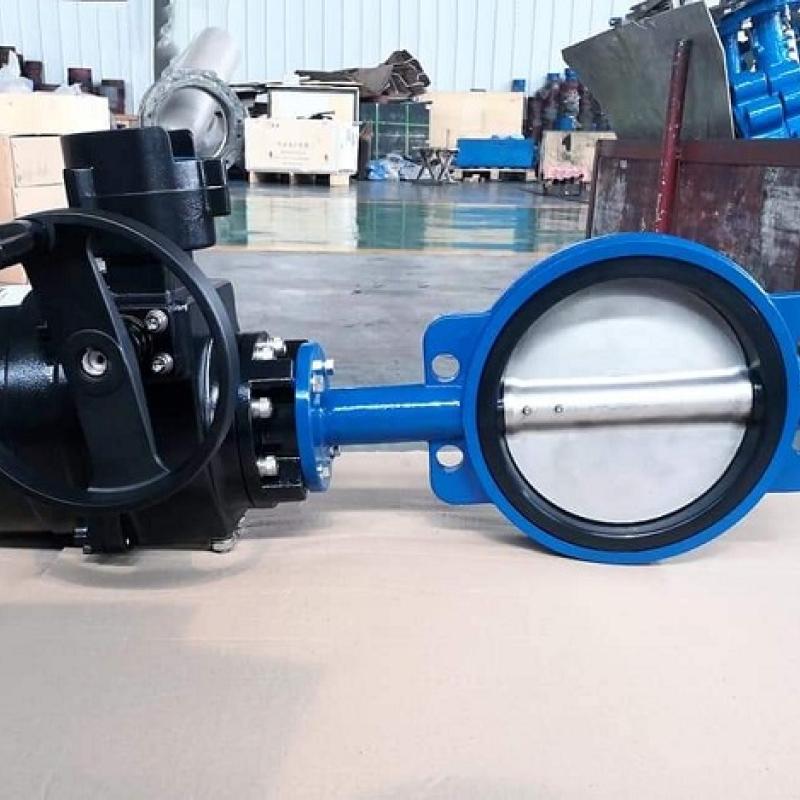Gate valves are characterised as having either a rising or a nonrising stem. Rising stems provide a visual indication of valve position because the stem is attached to the gate such that the gate and stem rise and lower together as the valve is operated. Nonrising stem valves may have a pointer threaded onto the upper end of the stem to indicate valve position, since the gate travels up or down the stem on the threads without raising or lowering the stem.
Contacter maintenant
Gate valves normally have flanged ends which are drilled according to pipeline compatible flange dimensional standards.
Contacter maintenant
Gate valves are characterised as having either a rising or a nonrising stem. rising stems offer a visual indication of valve function due to the fact the stem is connected to the gate such that the gate and stem upward push and lower together because the valve is operated. nonrising stem valves may additionally have a pointer threaded onto the upper end of the stem to suggest valve role, since the gate travels up or down the stem on the threads with out elevating or reducing the stem.
Contacter maintenant
Gate valves normally have flanged ends which are drilled according to pipeline compatible flange dimensional standards. Gate valves are typically constructed from cast iron, ductile iron, cast carbon steel, gun metal, stainless steel, alloy steels, and forged steels.Gate valves are characterised as having either a rising or a nonrising stem. Rising stems provide a visual indication of valve position because the stem is attached to the gate such that the gate and stem rise and lower together as the valve is operated.
Contacter maintenant
Gate valves commonly have flanged ends which are drilled in step with pipeline compatible flange dimensional standards. gate valves are commonly made out of cast iron, ductile iron, cast carbon metallic, gun metallic, stainless-steel, alloy steels, and forged steels.Gate valves are characterised as having both a growing or a nonrising stem. growing stems provide a visual indication of valve role because the stem is connected to the gate such that the gate and stem upward thrust and decrease collectively as the valve is operated.
Contacter maintenant
The pneumatic butterfly valve is composed of a pneumatic actuator and a butterfly valve. The pneumatic butterfly valve is a pneumatic valve that uses a circular butterfly plate that rotates with the valve stem to realize the opening and closing. It is used more and more on medium-bore pipes. Pneumatic butterfly valve classification: stainless steel pneumatic butterfly valve, hard seal pneumatic butterfly valve, soft seal pneumatic butterfly valve, carbon steel pneumatic butterfly valve.
Contacter maintenant
Gate valves normally have flanged ends which are drilled according to pipeline compatible flange dimensional standards.
Contacter maintenant
Resilient seated butterfly valve is a double flanged design which may be used for dead-give up carrier .this butterfly valve collection has some of the layout functions and benefits including high cv rankings ,minimum elements exposed to the road media ,greater reliability and a validated report of long provider life .a primary design advantage of this valve product traces is international compatibility.Technical Parameters:SizeDN32-DN600DN650-DN2000Working pressure16Bar10BarShell24Bar15BarSeal(Air)6Bar6BarOperating Temperature-40℃~+160℃Operating EnvironmentBallast and bilge system
Contacter maintenant
The anti-condensation butterfly valve usually refers to the butterfly valve whose body is made of aluminum alloy.
Contacter maintenant
Expansion joints are devices containing a bellows membrane that are designed to absorb dimensional changes, such as those that occur due to thermal expansion or contraction of a pipeline, duct or vessel. Stainless steel 304 Rubber Expansion Joint For Pipe Line has been widely used in the chemical industry, oil industry,construction, water supply drainage, fire production industry, etc.Rubber Materials: NR, NBR, CR, EPDM, PTFE, etc.
Contacter maintenant




















